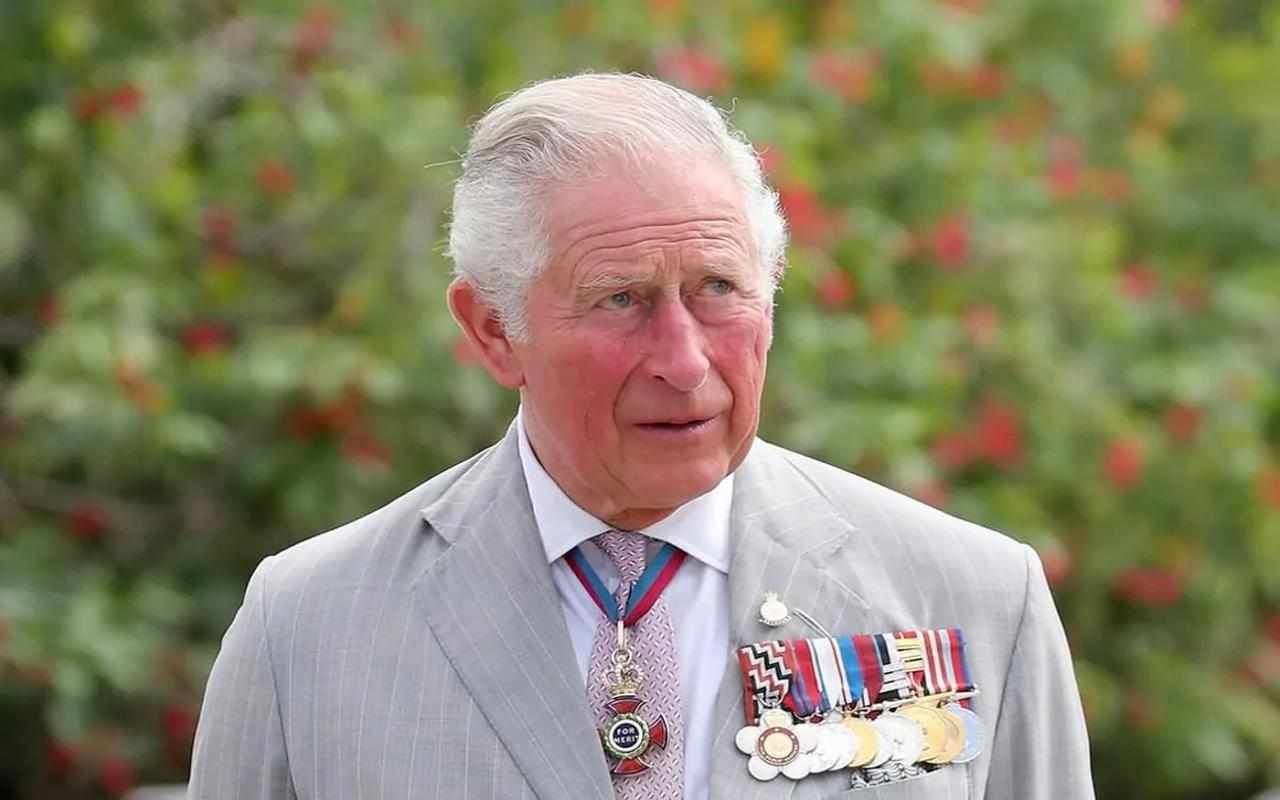Croatia adopts the euro and joins the Schengen area: what will change
On January 1, Croatia began using the euro as its official currency and entered the Schengen area. This was reported by the press service of the Croatian People’s Bank on the official website.
Croatia became the 20th member of the Eurozone. The use of the euro reduces the time of transactions, and also simplifies international trade, reduces currency risks, and increases the stability of the economy. Over time, the euro will replace the kuna, the Croatian national currency, and until then the exchange rate is fixed: 7.53450 kunas per 1 euro. Until the end of 2023, Croatia introduced the mandatory display of prices in both currencies.
In the Schengen area, people can cross borders between states without passport control. By joining it, Croatia is obliged to more carefully check the documents of those arriving from countries outside the European Union. This is the first expansion of the Schengen area in 11 years.
“Croatian citizens and businesses will benefit directly and permanently from Croatia’s accession to the Eurozone through economic and social integration with the group of the world’s most developed countries, which provides a stronger foundation for Croatia’s further economic development,” said Finance Minister Marko Primorac.
Marko Primorac and the head of the People’s Bank, Boris Vujicic, were among the first to withdraw euros from ATMs in Zagreb. Boris Vuychich warned fellow citizens that on January 1, the banking system will switch to a new format, so cards and Internet banking will not work, and you will have to pay for anything exclusively in cash.
“We will be more resilient to crises and more attractive for investment and business, and this will open up opportunities that should be used to improve the lives of Croatian citizens,” Boris Vujicic said.



